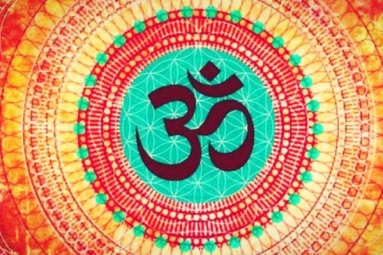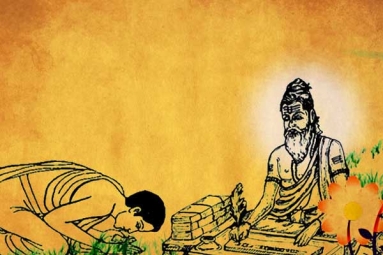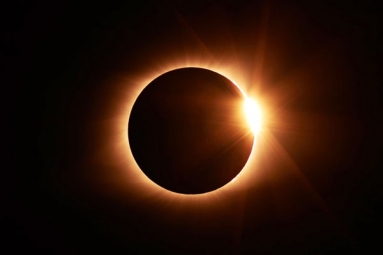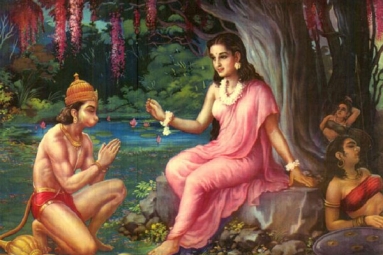Maha Shivratri 2019: Know the Significance, Vrat Procedure and Fasting Rules
February 20, 2019 07:43
(Image source from: www.indiatoday.in)
Maha Shivratri, one of the preponderantly celebrated festivals observed by devotees of Lord Shiva, is in the offing and Indians all across the globe take up the good time to seek blessings of the supreme god.
This year, Maha Shivratri falls on March 4.
Indeed for the devotees of Lord Shiva, not anything holds more importance than fasting on Maha Shivratri, when it comes to showing their honor and idolization to the deity.
On a holy day, people observe a rigorous fast, when they would not consume anything other than the diet formulated especially for the occasion. It is said that if a devotee observes fast on Maha Shivratri, with good faith, pure devotion, and ardor, they would be blessed with the godly grace of Lord Shiva.
Significance of Maha Shivratri Fasting and Jaagran
According to Hindu mythology, observance of Maha Shivratri vrat with a firm hand helps a devotee to control the two great natural forces that afflict man, rajas guna (the quality of passionate activity) and tamas guna (the quality of ignorance).
It is said when a devotee observes a waking vigil throughout the night (jaagran) they conquer the evils of tamas guna as well. It has also been stated in the scriptures that when a devotee observes a round of worship every three hours, the Shivaratri Vrata becomes perfect.
Maha Shivratri Fasting Rules and Procedure
As per ritual, devotees who are on a rigorous fast on Shivaratri take bath with water that is boiled with black sesame seeds to remove bodily impurities. After putting on spic-and-span clothes, the devotee visits the nearby Lord Shiva temple to carry through the ritual bathing of the Shiva Linga with milk, honey, etc.
Following the sacred bath, the devotee applies haldi-kumkum (turmeric powder) on the lingum and places a garland of white and pink lotus flowers around it. Bel (Bilva) leaves are also placed at top of the Lingum.
Aarthi and bhajans in praise of Lord Shiva are sung in order to call on his blessings. Devotees likewise light incense sticks and ring temple bells to invoke the blessing of the soft-hearted Lord Shiva.
Not resembling most other festivals, where after performing the puja of the deity a feast follows, a Shivratri fast carry on all through the day and night.
Devotees also observe an all-night vigil while chanting the mantra, "Om Namah Shivaya" and singing devotional hymns and songs. Even during the night, the Shiva Lings is given a holy bath every three hours. An offering of fruits is also made to the god.
There is as well the custom to perceive to the recital of various legends and tales related to Maha Shivratri and Lord Shiva to realize their profound significance. It is only at the following morning time that a devotee breaks the fast by consuming the prasad offered to Lord Shiva.
-Sowmya Sangam







